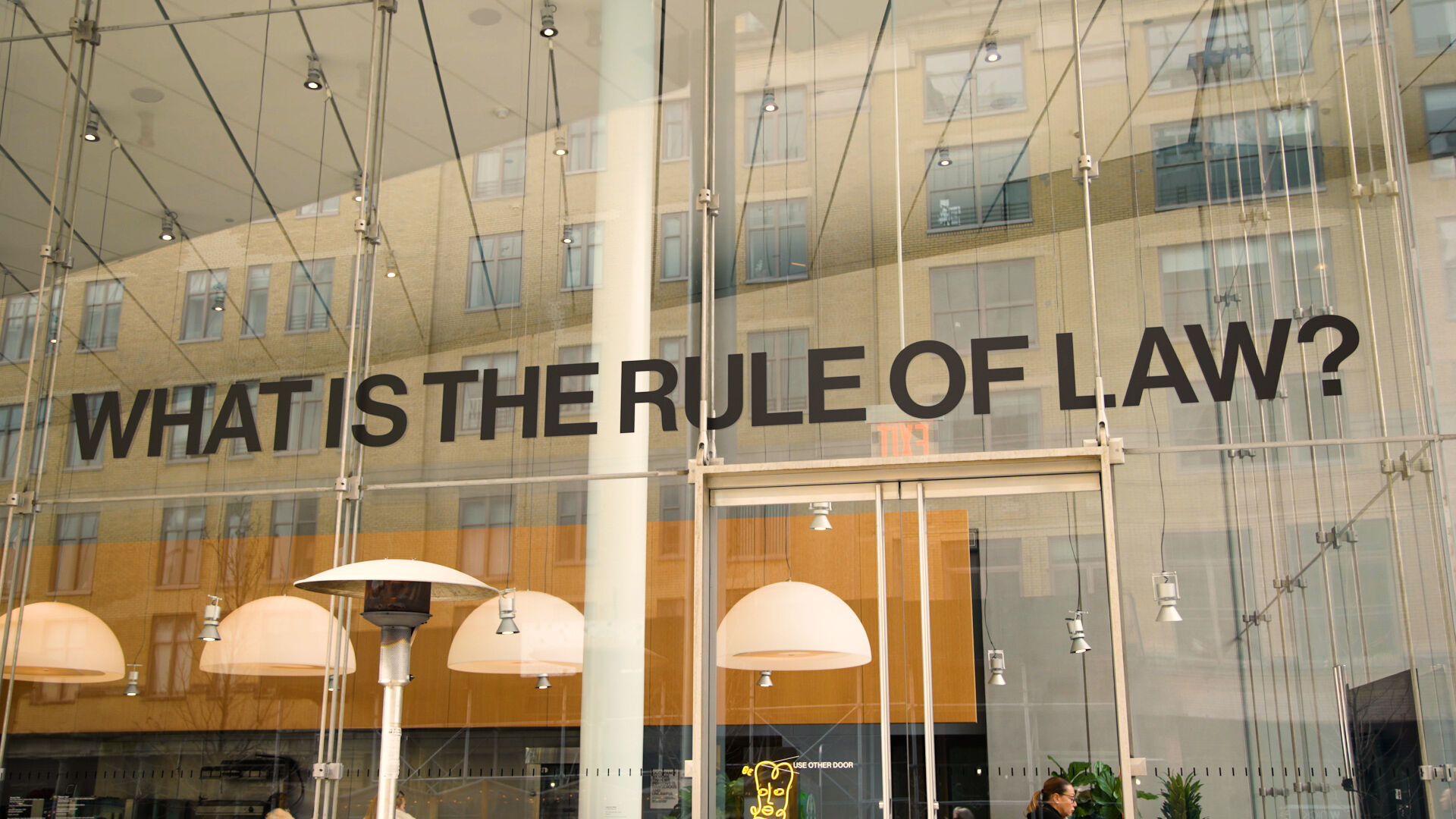Whitney Biennial 2022: Quiet as It’s Kept | Art & Artists
Apr 6–Oct 16, 2022
Whitney Biennial 2022: Quiet as It’s Kept | Art & Artists
Rayyane Tabet
57
Floor 5, throughout the Museum, and online
Born 1983 in Beirut, Lebanon
Lives in Beirut, Lebanon, and San Francisco, CA
Rayyane Tabet has populated the Whitney with questions from the U.S. naturalization test. Tabet, who is himself applying for citizenship, frequently uses the matter and material of his life as a departure point for creating artworks that examine larger histories of colonialism and belonging. Born and raised in Beirut and educated in the United States, he plumbs what it means to be American, as well as the bureaucracy, ideology, and emotion that comes with changing citizenship status. As Tabet has explained: “The test requires being able to answer correctly six out of one hundred questions about American government, history, and geography and read and write one out of three sentences in English. The United States Citizenship and Immigration Services provides study guides for these exams. While looking through those study guides, I realized that if these questions and phrases were taken out of context and disseminated throughout the space of the museum and across the website, they could be read like concrete poetry or open-ended, contradictory, and often hermetic questions.”
View the online component of this work.
100 Civics Questions from Becoming American, 2022
-
0:00
Rayyane Tabet, Becoming American
0:00
Rayyane Tabet: The project is called Becoming American.
The project as a whole looks at the naturalization exam, which is one of the last components of your path to gain U.S. citizenship, which is a path that I'm on right now, which is called a change of status.
One component is called 100 Civics Questions, which is kind of this intervention in multi-sites and the second one is called Learning English.
Narrator: You can find the video Learning English on the Museum’s fifth floor. 100 Civics Questions is distributed throughout the Museum. Here artist Rayyane Tabet is discussing the work 100 Civics Questions.
Rayyane Tabet: The United States citizenship and immigration services provides study guides for these exams. So in a way you go to the exam. Knowing all the questions and knowing all the answers.
The project as a whole kind of takes this exam as a site of inquiry and kind of takes these questions and these elements out of their context of the exam and distributes them around the Museum, in the gallery, and online for them to become kind of probing.
For me, it became really interesting to follow the process of the change of status as a philosophical one, a poetic one, an artistic one.
Those 100 questions, what is the imagination of a U.S. citizen seen through the lens of the naturalization exam, especially when, if you go on the street and ask those same questions to people that are de facto citizens by being born in the U.S., most people will not be able to answer those questions. And that is the result of many things. One of which is that there's no standardized civics curriculum across the U.S.. And the idea that people in different states, in different counties, in a way learn possibly a different kind of history and even geography of the country.
And what becomes very apparent when you look at these questions is of course it tells you one specific part of the history. It focuses more on civic duties and less on civil rights. Let's say it opens up the potential for a really interesting kind of conversation around those issues.

